I’ve been pruning and wiring my young quince twice a year – once in spring and once in fall or winter. I’ve been doing this work to set the shape of the trunk before I let the trees grow on and thicken up.
Five year-old Chinese quince
Reducing sacrifice branches early keeps wounds small so they heal quickly. I start by shortening these branches but leave small stubs that I can clean up later.
After cutback
Sometimes I leave the stubs in place for up to a year before removing them. Other times I remove them right away. I generally leave stubs that are near the base of weak branches or along thin portions of the trunk. If the trunk is big enough in relation to the stub, I remove it.
Branch reduced to a stub
After removing the stub and cleaning the wound with a grafting knife
After applying cut paste to the wound
Here’s the quince after cutback and wiring a few branches.
After wiring and cleaning wounds – 13″ to top of highest wire
I’ll let the tree grow freely until May or June at which point I’ll repeat the process.
Subscribe to Bonsai Tonight
New Posts Delivered Every Tuesday and Friday
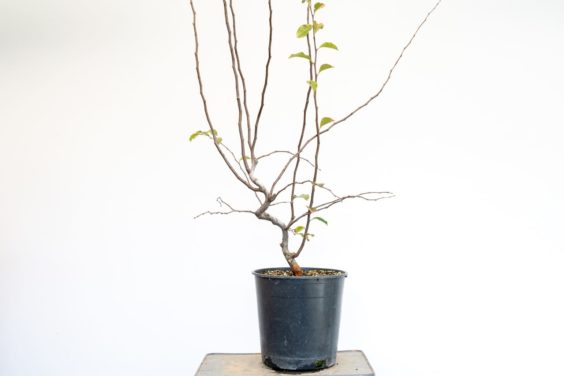
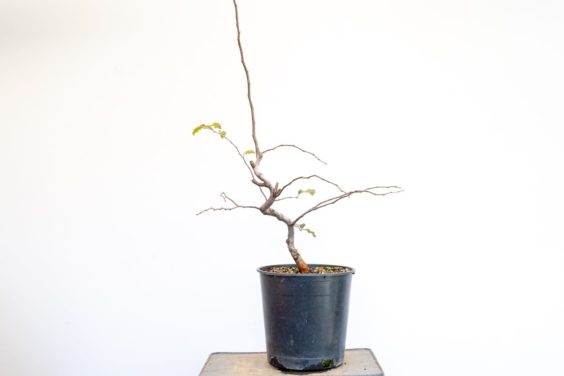
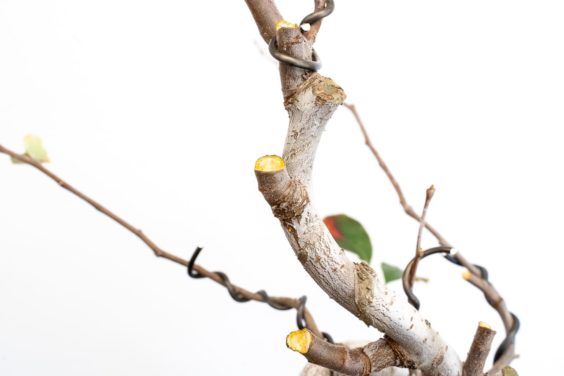
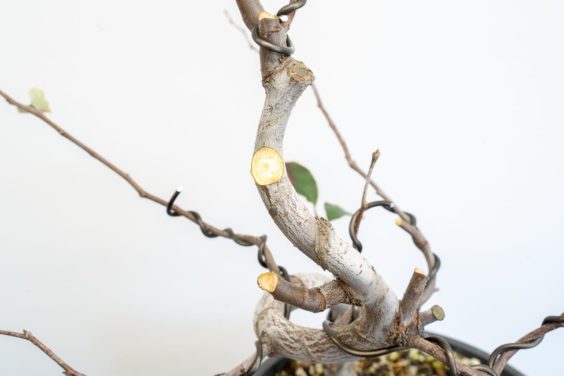
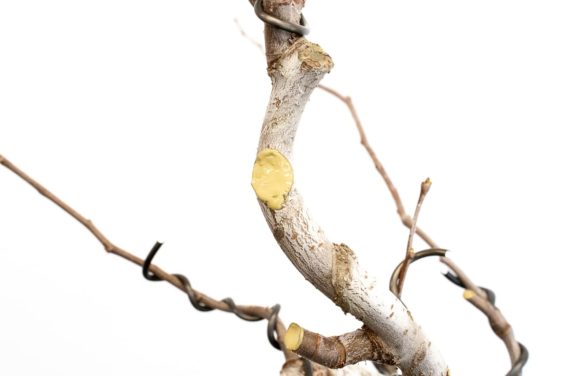
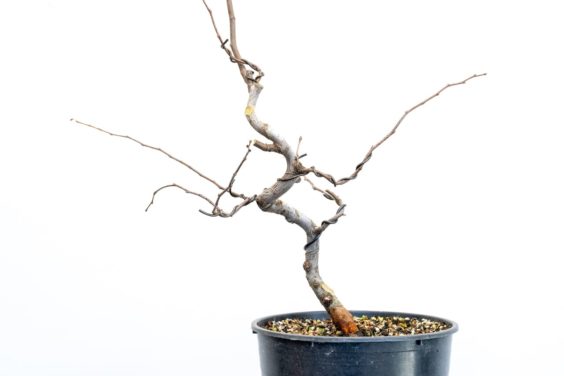
Lars Grimm says
As always, a great post Jonas. I’m interested by your comment, “before I let the trees grow on and thicken up.” Does this mean that you do this work to develop a certain point and then just grow some major sacrificial branches?
Jonas Dupuich says
Thanks Lars! That’s exactly right about the sacrifice branches. I’ll often create the framework first and then thicken the trunk later.
Ben says
Thanks for the content and Information, Jonas. This is exactly how I develope my deciduous trees. My question is… can you set the trunk and position all branches with a tree this young/small and then use that same primary branching for the rest of its life? For example, say this is the final styling for this quince but you want the tree to be a lot bigger. Would you be able to keep and use everything you’ve already grown and shaped, as the tree gets bigger? With the right techniques of course. The thing is, I have a few younger/smaller trees that have great branch placement, movement, etc… they look like almost finished bonsai but I want them to be about triple their current size all while maintaining what they look like now. Hope that makes sense!
Jonas Dupuich says
Good question Ben – I typically use existing branches if they remain small and I cut them off and make new ones f they get too big along the way. My focus is on the trunk at this stage and if I end up with great branches at the end, great, and if not, I grow new ones.